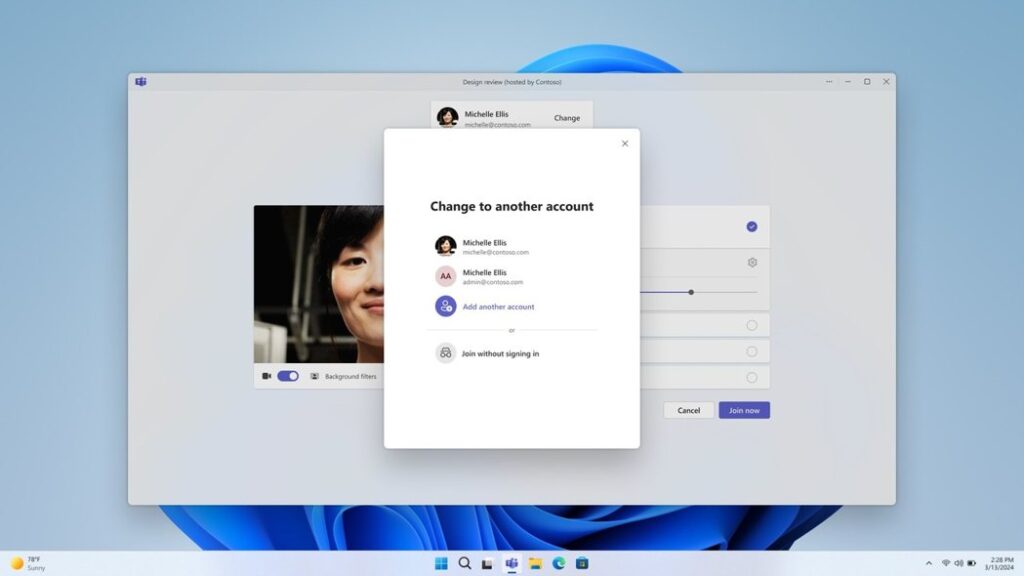
In today’s fast-evolving digital environment, the concept of Seguridad—a term synonymous with safety and security in Spanish—has become more critical than ever before. From online banking and e-commerce to social networking and digital healthcare, our lives are intertwined with technology. While this offers enormous convenience and connectivity, it also presents a broad spectrum of risks and threats. Ensuring digital seguridad is not just a technical necessity but a societal and economic imperative.
The Rising Tide of Digital Threats
As more individuals and businesses migrate their operations online, the number of threats in the digital world has grown exponentially. Cybercriminals deploy increasingly sophisticated tactics, including phishing, ransomware, identity theft, and distributed denial-of-service (DDoS) attacks. These threats don’t just target large corporations; small businesses and everyday users are also vulnerable. The global cost of cybercrime is projected to reach trillions of dollars annually, underlining the urgency of investing in effective seguridad strategies.
Why Seguridad Should Be a Priority
Seguridad in the digital context means protecting systems, networks, and data from unauthorized access or attacks. It’s a multidimensional concept that includes physical security, cybersecurity, data protection, and even psychological safety in digital interactions. When digital seguridad is compromised, the consequences can be devastating. Data breaches can expose sensitive personal and financial information, while downtime caused by cyberattacks can halt business operations and damage reputations. For governments and critical infrastructure, breaches can even have national security implications.
Key Elements of Digital Seguridad
Understanding the full scope of digital seguridad requires breaking it down into several core components. The first is network security, which involves defending against intrusions and monitoring traffic to detect unusual activity. Next is endpoint security, which ensures that devices like laptops, smartphones, and tablets are protected from malware and unauthorized access.
Another essential aspect is data security, which focuses on encryption, secure storage, and access controls to prevent unauthorized data access. Application security is also critical, especially as more organizations rely on cloud-based software. Ensuring that apps are designed with seguridad in mind can prevent vulnerabilities from being exploited. Lastly, user awareness and education play a crucial role. The most robust security systems can be undermined by human error, making it vital for individuals to understand and practice good digital hygiene.
The Role of Seguridad in Business
For modern businesses, seguridad is not just a technical issue—it’s a core part of the organizational strategy. A breach can lead to financial loss, regulatory penalties, and a loss of customer trust. To maintain competitiveness and ensure long-term sustainability, businesses must invest in comprehensive seguridad solutions. This includes conducting regular risk assessments, implementing multi-factor authentication, securing cloud infrastructure, and continuously monitoring systems for threats.
Moreover, companies must comply with regulations such as the General Data Protection Regulation (GDPR) in Europe or the California Consumer Privacy Act (CCPA) in the United States. These laws mandate how personal data is handled, and failing to meet these standards can result in severe penalties. A robust seguridad strategy ensures compliance, protects customer data, and builds brand trust.
Seguridad and Personal Responsibility
While organizations bear much of the responsibility for cybersecurity, individual users also play a critical role in maintaining seguridad. Simple practices like using strong passwords, avoiding suspicious emails, and keeping software updated can go a long way in preventing attacks. As more people adopt smart devices and connect their homes to the internet, personal cybersecurity hygiene becomes even more important.
Parents, in particular, should be vigilant about the online seguridad of their children. Ensuring safe browsing, setting parental controls, and teaching children about the risks of oversharing can help build a strong foundation for secure digital behavior. Everyone has a role to play in creating a safer digital environment.
Emerging Technologies and the Future of Seguridad
As technology continues to evolve, so too does the landscape of digital threats. Artificial intelligence (AI), the Internet of Things (IoT), and blockchain technology offer new opportunities but also introduce new vulnerabilities. For example, while AI can be used to detect cyber threats in real time, it can also be leveraged by bad actors to create more convincing phishing scams or automate attacks.
The growing use of IoT devices, from smart thermostats to connected cars, has significantly expanded the attack surface. Ensuring seguridad in this environment requires securing every connected device and implementing protocols for real-time monitoring and automatic threat mitigation.
Blockchain, on the other hand, presents a double-edged sword. While it can provide tamper-proof records and improve transparency, poor implementation can lead to exploits and security breaches. The future of seguridad will depend on our ability to harness these technologies while mitigating their associated risks.
The Human Factor in Seguridad
Despite advancements in technology, the human factor remains one of the weakest links in seguridad. Social engineering attacks exploit psychological manipulation rather than technical vulnerabilities. Phishing emails, for example, trick users into revealing confidential information or installing malware. These attacks underscore the need for ongoing security training and awareness campaigns.
Organizations should foster a culture where employees feel responsible for seguridad. This involves more than just training sessions; it includes integrating security practices into daily workflows and encouraging open communication about potential risks. When people are empowered and educated, they become an asset in the fight against cybercrime.
Government and Institutional Responsibilities
Governments also have a vital role in maintaining national and international seguridad. They are responsible for creating policies, investing in infrastructure, and collaborating with the private sector to develop security standards. Cybersecurity strategies at the national level should include defense protocols for critical infrastructure such as energy, healthcare, and finance.
International collaboration is equally important. Cyber threats do not respect borders, and a global approach is necessary to tackle issues like cyberterrorism, online fraud, and intellectual property theft. Initiatives such as information-sharing frameworks and joint task forces can improve response times and enhance global seguridad.
Building a Culture of Seguridad
Ultimately, achieving robust digital seguridad requires a cultural shift. It’s not enough to rely on technology alone. Businesses, governments, and individuals must all embrace security as a core value. From routine updates and security patches to ethical behavior and data stewardship, every action contributes to a more secure digital world.
Creating a culture of seguridad involves constant vigilance, adaptability, and collaboration. It’s about being proactive rather than reactive. It’s about making seguridad a priority in design, development, and daily operations.
Conclusion
In the interconnected world we live in, seguridad is no longer optional—it is essential. The stakes are higher than ever, and the potential consequences of neglecting security can be catastrophic. Whether you are a business leader, a policymaker, or an everyday internet user, understanding and prioritizing seguridad is crucial. Only through shared responsibility, continuous education, and technological innovation can we hope to navigate today’s digital landscape safely and successfully.



